Reviews
Fritz Lang
Germany, 1921
Credits
Review by Veronika Ferdman
Posted on 11 March 2014
Source Masters of Cinema DVD
Categories Silent Lang
If Lotte Eisner pays 1921’s Four Around a Woman rather short shrift in her seminal book on Fritz Lang it is only because, at the time of her research (the text was first published in 1976), Four Around a Woman was still considered to be lost. She points to what at the time was Lang’s earliest surviving piece of work -the first two episodes of 1919’s The Spiders - and the films that come after it as revelatory of Lang’s bourgeoning personal expression.
Even now, as the Masters of Cinema DVD immediately proclaims, we have an incomplete version of the film. 1,556 surviving meters of an original 1,707 (found at the Cinemateca Brasileira). But even at 151 meters shorter, had Eisner seen the film it is unlikely she would have brushed it off as just a practice run for as an-yet undetermined artistic sensibility.
Film noir as a genre (or style, if you’re of the mind that its visual tics and thematic repetitions do not actually constitute a genre), may not have fully blossomed until the early-to-mid 1940s (Lang’s own M being key influence on these films, and he would later go on to make full-blown noirs such as Ministry of Fear and Woman in the Window), but was there ever a director who so radiated with the fatalistic viewpoint of noir from within his very bones? Guilt is tucked under every dirty rug and in the crevice of every unswept corner. Distrust and general paranoia are emblematic of Lang’s people.
Four Around a Woman is an early and telling installment in his funhouse of mistrust where the greedy, lascivious, deceptive, and secretive, nature of men and women is captured in rotating set-ups of static close/medium/long distance shots. The innocent are presumed guilty, and even when the truth eventually bares out it is too late because the giant irreversible gears of fate were set in motion at the first flickering of the frame and only wounds (both psychic and not), if not death, is what’s left for all parties.
The story is richly convoluted. A rich broker suspects his wife of cheating on him with a lover from the past. The lover incidentally has an identical twin brother who is a thief and romancer of wealthy married women (specifically one who happens to be the best friend of the broker’s wife). And the broker has a friend who also happens to be amorously interested in his wife. If this all sounds a little musical chairs-y, Lang’s work is certainly not devoid of a certain playfulness (especially borne out by the jaunty musical score) in its survey of all these motivations at cross-purposes.
Even when depicting the lifestyles of the rich Lang’s mise-en-scene never quite approaches the delirious, almost surreal decadence of contemporaries such as Erich von Stroheim or Josef von Sternberg. His tableaus reveal an incredible adeptness for the tactile rendering of public spaces. One of the key set-pieces is the tavern where the characters take part in under-handed dealings such as the purchase (with counterfeit money!) of black market jewelry. (Sin upon sin.) The tavern has blotchy paint-smeared walls featuring a couple of crude chalk sketches (likely etched there by drunk patrons), bare-boned wooden chairs, smoke and heavy drapery hiding the entryway to a back room of misdealing.
Lang may be pessimistic about people but this is not a work of misanthropy. He does not believe that all are damnable, just that everyone runs the risk of being condemned. Even if you’re innocent someone can call you guilty and the sinuous poison of those words will bleed and distort your life beyond recognition.
More Silent Lang
-
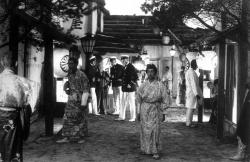
Harakiri
1919 -
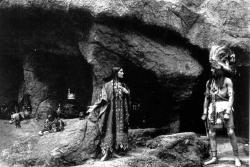
The Spiders
1919 -
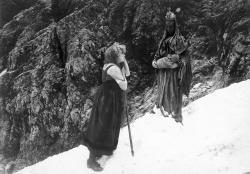
The Wandering Shadow
1920 -
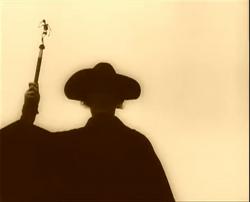
Destiny
1921 -
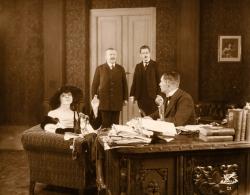
Four Around the Woman
1921 -
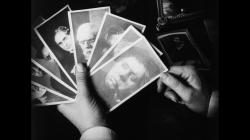
Dr. Mabuse the Gambler
1922 -
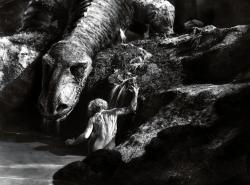
Die Nibelungen
1924 -

Metropolis
1927 -
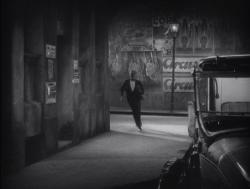
Spies
1928 -

Woman in the Moon
1929
We don’t do comments anymore, but you may contact us here or find us on Twitter or Facebook.



